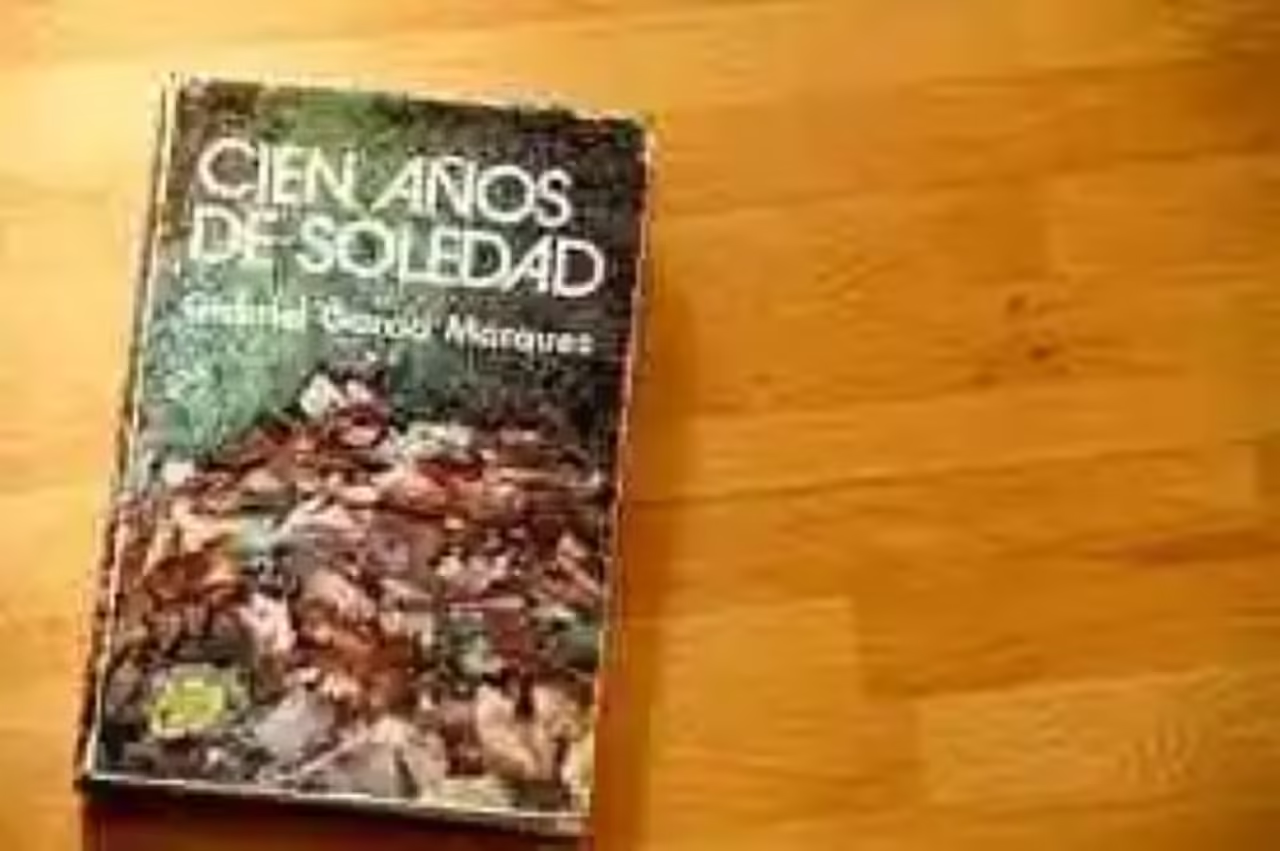In the field of postwar novels of the 20th century, the work of the English writer Doris Lessing is known as The Golden Notebook, which was first published in 1962, thanks to the work of Michael Joseph Ltda.
About the work
This work has been considered as one of the most representative works of the genre known as interior space fiction. It is also considered by the Critics as a direct invitation to the world’s cosmovision by a fictitious writer of the mid-twentieth century, who in a period of existential crisis takes on the task of writing some notebooks, in which she exposes, among several themes, her vision of the irreconcilable rupture she experiences between her mental position and the society to which she belongs, an abyss that in turn originates and generates this crisis.
Also, The Golden Notebook can be seen as the canvas in which Lessing clearly draws the position that his main character, the writer Anna Wulf, had at that time against the war, as well as on the Stalinist regime, European processes to which he was frankly opposed. Similarly, being a communist Wulf, he is also given the task of analysing the evolution of this ideology and of the party that embodies it in England, during the last years.
Therefore, this social analysis, from the point of view of this woman of communist ideology leads the character of Anna Wulf, indisputably, to also place the magnifying glass on the performance of the feminist movements of the mid-twentieth century. Situations that make that beyond the literary, this novel is a good way to accede to the political thought of the European women of left of these decades.
Among the many recognitions that this work has obtained is that of having been included in 2005 by the prestigious magazine Time as one of the hundred best novels, which have been written, in English language, since 1923.
Summary of The Golden Notebook
As for its content, The Golden Notebook can be understood as a compendium of books in which the fictional writer Anna Wulf dedicates herself to documenting the most important episodes of her life. Finding it impossible to link them together, she then decides to write a fifth book: The Golden Notebook, in which she will try to recover the most important moments of the aspects dealt with in the previous notebooks, to which she has also assigned a colour: black, red, yellow and blue.
This is how Doris Lessing begins by drawing her leading character, Anna Wulf as a European woman, from the mid-twentieth century, in which there are some characteristics that for the time were quite a controversy: since this woman is a writer, communist and also divorced. In the midst of her own life, and perhaps of the social consequences that this writer must face for her decisions, she faces a personal crisis, so she will try to represent her life, allocating a notebook for each aspect of her life.
In this sense, in order to address the content of The Golden Notebook, it may be appropriate to review the content of each of these four books, as well as the fifth of them, the golden one, in which the writer tries to leave the bias of her story and approach it in a global way, to see if she can give a complete picture, the product of the sum of all the fragments into which she considers her own life divided.
Although Wulf ends up uniting all the stories to show their totality, he lets it be seen that this segmentation has been intentional, seeking to be able to analyse each aspect separately, in order to be able to really delve into the emotions that have driven them, as well as into the emotions that have originated as a consequence.
Next, then a brief summary of each of the notebooks of this book, which are located chronologically between 1951 and 1957, and which declare to be an emotional and psychological deepening on the stories that Wulf has related in a previous way in his book titled Anna Wulf:
Black notebook
Perhaps so called because of the South African lands that serve as a landscape for this story, where he tells of his own experience on this continent, as well as the evolution of a group of white conspirators, followers of communist ideology, who have chosen South Africa as the territory of their activities. This landscape also serves the character of this novel to expose his rejection against apartheid.
However, although she is also a communist, Wulf does not praise the performance of this conspiratorial communist cell, but instead uses the “Black Notebook” to expose how this group, instead of remaining united and focused on its mission, actually surrenders to its internal differences, while at the same time ending up isolated by its impossibility of making a real connection with South Africans.
Red Notebook
For its part, the red notebook, perhaps hence the name, is used as the space through which this European writer, Anna Wulf, tells her story of disenchantment with the British Communist Party in which she has fought during her last years.
In this way, Wulf takes on the task of describing, from his disappointment and disappointment, how he gradually realized that the party that at the time had driven an entire generation to believe that the ideology that proclaimed ideals of justice, peace and equality, in reality, was a simple political organization, full of bureaucracy, centralism and without room for self-criticism.
Likewise, it is in this notebook that Wulf speaks of Stalin’s death, expressinghis opposition to his performance as leader of communism, and how this episode is translated into a feeling of hope. Likewise, in the “Red Notebook”, Anna Wulf takes the opportunity to address some precise historical events, such as those that occurred in mid-century in Prague and Hungary.
Yellow notebook
With regard to the content of the third notebook, which has been baptized as the “Yellow Notebook”, Anna Wulf leaves the militant political theme aside to delve into another aspect that can also be said to have led her to reflect on illusion and disappointment. In this way, using the technique known as the Chinese box, Lessing introduces in Wulf’s voice a short novel within this novel, in which the love story between a man and a woman is told.
However, the tone with which this experience is approached isn´t idyllic at all, but quite the opposite, since the pessimistic and disenchanted tone seems to declare how sentimental relationships are doomed to failure by the difference that exists between men and women, not only because of their biological sex, but also because of the profound social and psychological differences involved in being an individual belonging to each of the two genders.
Blue notebook
This notebook is perhaps one of the most psychological of Doris Lessing’s novel, in which her leading character Anna Wulf tries to record, in the form of a diary, the events of her daily life. She also tells of the events she knows about the life of her friend Molly, a European woman who has love and family problems, through which Wulf tries to make a small analysis of the position of women in an oppressive patriarchal society.
Similarly, in the “Blue Notebook”, Wulf also narrates his visits to the psychoanalyst, as well as a detailed exposition of the analysis he makes of her dreams, which introduces in the novel a deep vision of the female psyche of this writer. Another point of this door that Wulf opens towards her inner space also allows us to see how this woman reflects on her creative process, and how her personal crisis also affects her generation of ideas and arguments, with which to continue elaborating her literature.
Also, the political and historical issue takes sides again in this notebook, and again from the subjective view of how this writer relates to this movement. Wulf will also enter into an analysis of the historical events that marked her life, such as the post-war period, the atomic bomb, the Korean War, among other events, which seem to feed her pessimistic view of the general state of the world and the human condition.
Golden notebook
Finally, there is the “Golden Notebook”, where the writer leaves behind the fragmentation, to present a solid image of her life, which beyond a literary fact, seems to be a faithful reflection of the maturity that this writer, Anna Wulf, is reaching in her own life.
As for her specific theme, the “Golden Notebook” tells how her destructive relationship with her American lover is once again in crisis. However, on this occasion both lovers are capable of arranging, for the good of both, a friendly, mature and consensual separation, to the point that both are the authors of the end of this chapter with which Wulf ends his diary.
If you liked this article, share it and write your comments. You can also suggest what topics you want us to write about. Your opinion is very valuable to us.
Image: portrait of Doris Lessing, author of The Golden Notebook / Source: wikipedia.org








